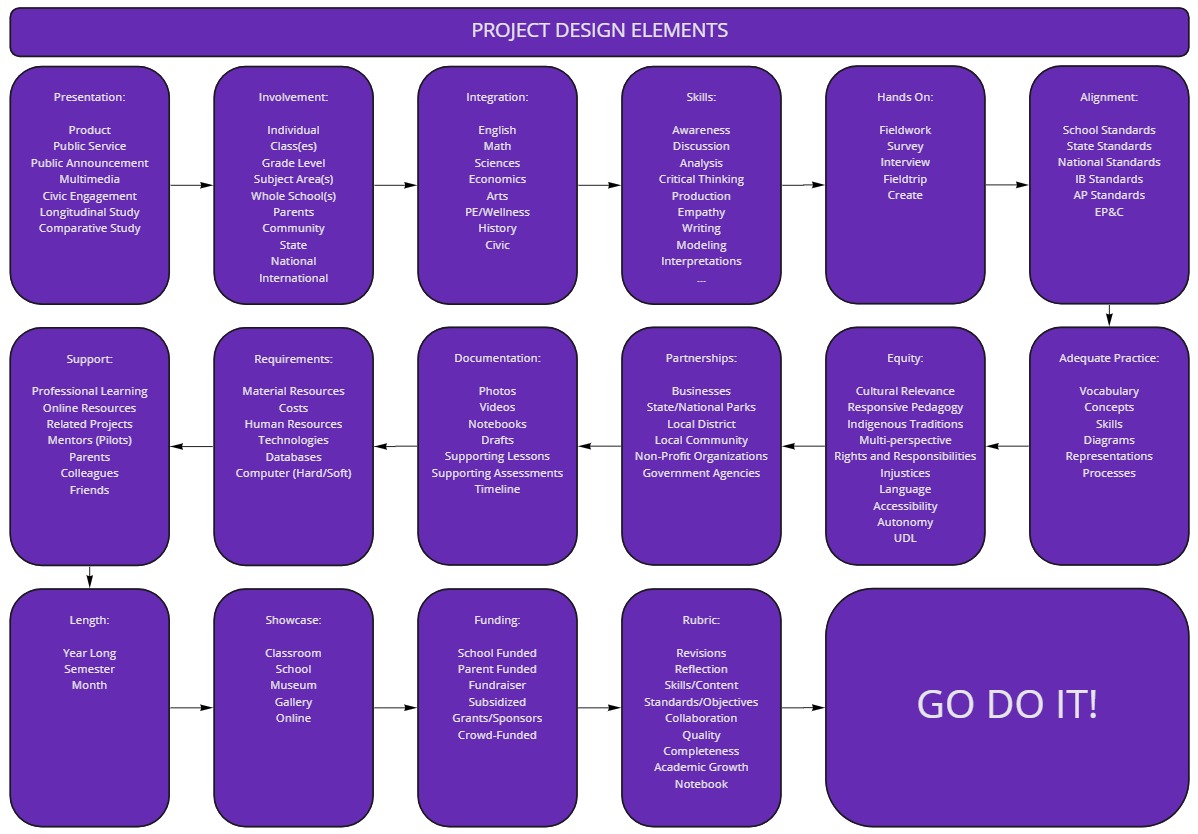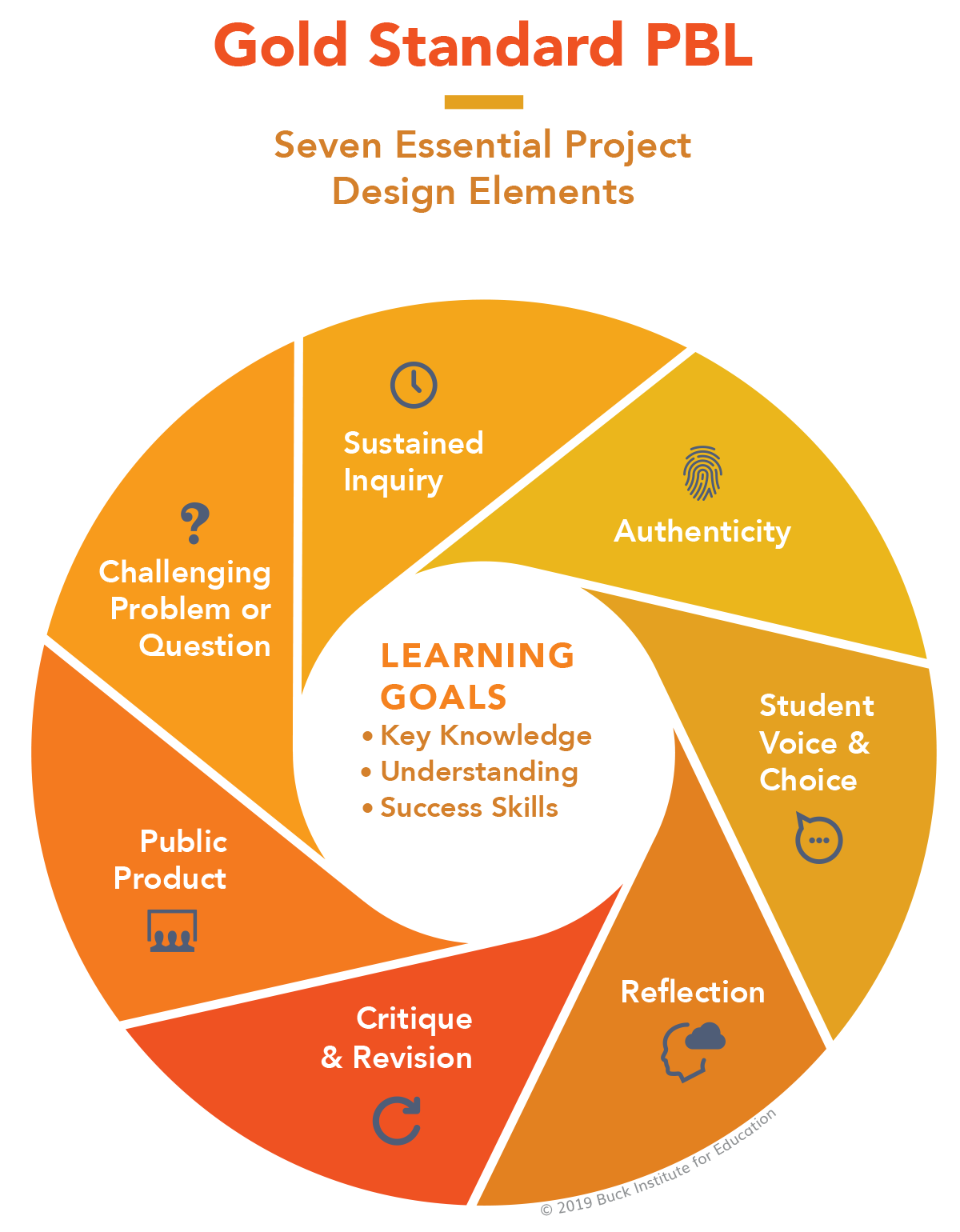Different people have different strengths.
- Ideation - Look for people who can give you ideas. They love taking boring things out of the box to become exciting ideas.
- Connectors - Look for people who can make connections. They know how math and art connects, or how math and science connects, or how math and cooking connects.
- Strategic - Look for people who can create a logical plan. They can see the logical progression of a project.
- Achievers - Look for people who want to see success. If you're lucky to team teach with them, you'll accelerate quickly. They love to encourage people to succeed.
- Creators - Look for people who want to get their hands dirty. They will show you (rather than tell you) what they're thinking.
Don't do it alone unless you have most of these strengths.



